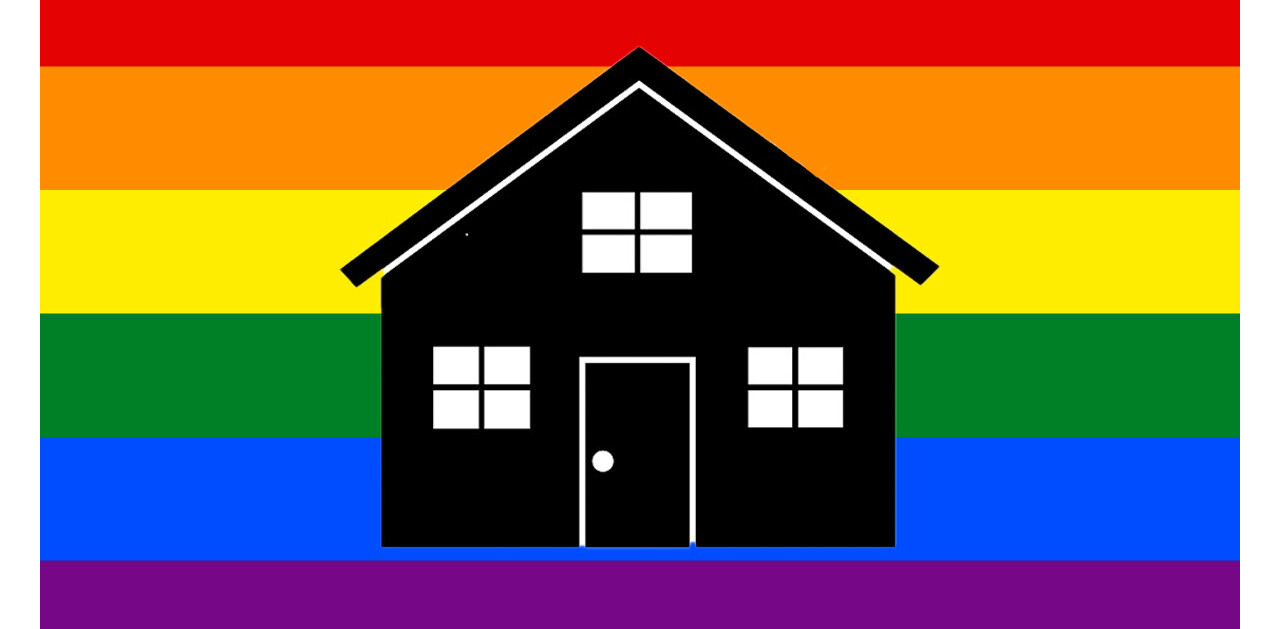“I can’t go back there. It’s like a cage!”
These were Ana’s first words to me, spoken as though having just been released from prison or escaped a hard labor camp.
However, this was just our weekly managerial catch-up over Skype. The situation wasn’t nearly as dire, but the emotions were just as raw.
Rewind three months
Up to this point, Ana had spent her career in a traditional office environment. Suddenly, her company launched a new customer service initiative and working remotely became a possibility.
Ana and her team (all millennials) jumped at the chance to go remote, even volunteering to work a 24-hour rotational schedule in exchange for not having to come into the office.
The personal change was noticeable almost immediately, as expressed by Ana in our next interview:
“Working from home means I don’t have to go anywhere. It’s perfect! It gives me the freedom to do what I want and work still. This is the perfect job for me because the office is boring. In the 21st century you don’t have to be around people to communicate with them. You can use Skype; you can use Hangouts; you can use anything. You have a lot of opportunities!”
Ana’s expression as she talked to me was one of rapture, as though she had just met the love of her life. For the first time in months, she was positively glowing as she talked about work.
Unfortunately, due to poor company performance and general skepticism from older management, the remote program was canceled after three months and Ana’s team was all called back into the office.
This time her words to me were calculated, and her exasperation was thick:
“I can’t go back to the way things were…not after having experienced this way of working.”
The old arguments
Contrast Ana’s perspective with that of her company’s baby boomer founder, whose views on remote working varied dramatically:
“Remote working and ‘quality of life’ is lipstick on a pig when the company is losing money and people are not executing… Quality of life and work life balance are important ONLY AFTER a person successfully has shelter and puts food on the table… It is dangerous for office culture— remote means un-managed.”
Perfection and rapture on the one hand; dangerous pig lipstick on the other.
These striking differences in opinion are well representative of a growing
debate on how productive, meaningful work happens in the 21st century.
A cursory search online reveals how many of the debates around creating and managing remote workforces have narrowed in on these polar ends of the pig lipstick spectrum.
Innovators and advocates of remote working, like Jason Fried of Basecamp, take a compelling call-to-arms approach, evangelizing the notion that our best work will never again happen in a 9 a.m. to 5 p.m. office:
“If you ask people the question: Where do you need to go when you need to get something done?… You almost never hear someone say, ‘The office.’ But businesses are spending all this money on this place called the office, and they’re making people go to it all the time, yet people don’t do work in the office.”
— Jason Fried
In addition, academic studies like “Does Working from Home Work?” — which was conducted and promoted by Nicholas Bloom from Stanford and James Liang of Harvard — prove that there are positive organizational impacts from moving remote.
At the same time, however, pioneers and former advocates of remote working, like IBM, have pulled away in recent years, placing people back into the office after championing the practice for decades.
Other giants, like Google, Apple, and Facebook, have never adopted it… until now.
However, as millions of employees have been asked to work remotely due to Covid-19, this is no longer a debate
It’s a reality that every manager is going to have to face the minute it’s time to call employees back to their desks.
Sure, for a brief period there could be a honeymoon stage where employees are happy to be once again interacting face-to-face with adults. But before long, fond memories of autonomously working from home will creep in, especially as work-life becomes more stressful and hectic.
And, there are those employees that simply prefer working from an office.

“A mind that is stretched by a new experience can never go back to its old dimensions. “— Oliver Wendell Holmes Jr.
So where do we go from here?
One place to look is recent company “call-backs” to glean what might happen in the coming weeks and months.
In March 2017, IBM called back thousands of employees from their remote-working havens in a co-location initiative. As an original pioneer of remote working in the late 1970s, the unexpected move was akin to Donald Trump publicly praising Barrack Obama.
One IBM employee referred to the co-location shift as “the massacre.” Another said, “Everyone I know is very upset.”
Interesting to note in both remarks are the strong emotional responses the shift in policy creates. Not unlike Ana, these employees consider going back to the office as more than a mere inconvenience; it’s an affront to their freedoms as an individual.
Getting called back to the work floor was seen as a devaluation of their humanity, like animals to a cage.
So, while we don’t know what the end of Covid-19 will look like, this much is clear. Managers (especially those previously skeptical of remote working) need to be preparing for a new workforce coming back to the office; one that has tasted the fruits of remote working and won’t easily let it go.
The debate around working remotely is officially over.
It’s now up to managers to decide whether they’ll lock up their employees after Covid-19 has passed.
This article was originally written by Dave Smurthwaite for Better Marketing, a publication providing advice that works and covering digital and social media marketing, tools, and case studies. You can read the original piece here.
Get the TNW newsletter
Get the most important tech news in your inbox each week.




